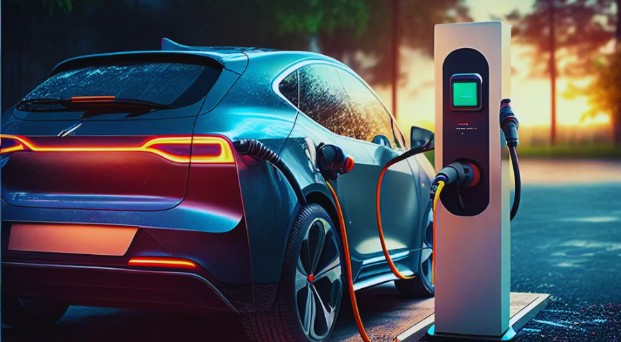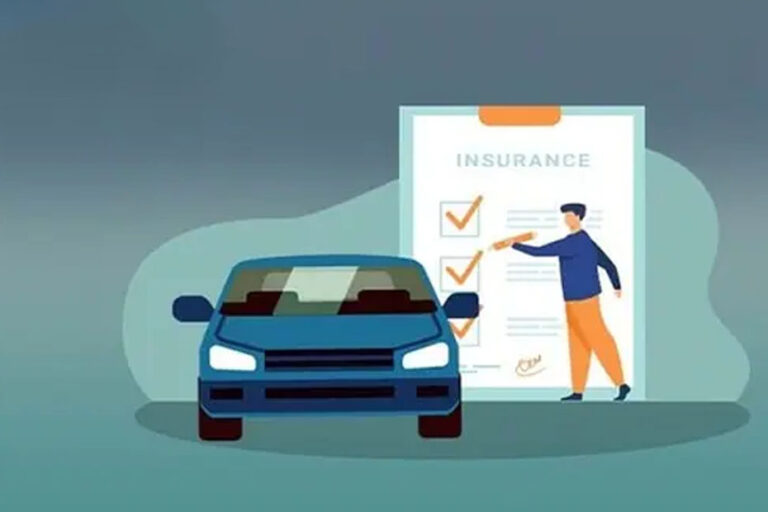
The most innovative industry, literally, the automotive industry, is holding on to every advanced technology to upgrade our driving experience for safety and convenience. From sleek electric vehicles to sophisticated driver-assistance systems, modern cars have been in a continuous transformation into complex, digital machines that actually feel more like smartphones on wheels than cars. It is time to set the stage for a deep dive into the latest developments in automotive technology, explore how online platforms are changing car sales, and share what driving might be in the future.
Embracing Digital Marketplaces: Online Car Selling
The perspective of buying a car has dramatically changed in the last few years. Several websites have come up selling cars, which allow one to buy or sell a vehicle sitting in the comfort of their home. Such an online car selling would make buying easier by enabling one to scan through inventories, compare prices transparently, and even take virtual test drives to make better choices without ever having to physically go to dealerships.
With such platforms, one can reach an entirely new and wide audience, attract prospective buyers well in record time, and avoid the hassles one had to go through to list properties in this manner. A few such websites have direct sales models wherein a seller immediately gets offers for his or her vehicle without much hassle. Also, users can view a curated set of car options, compare their pricing, and view financing options all within a few clicks to make for a totally revolutionary car sales experience from both sides.
Key Developments in Car Technology
While online marketplaces revolutionize the way we purchase cars, equipping in-vehicle technology on its own is equally transformative. Let’s take a look at some of the most innovative pieces making waves in the automotive world:
1. Electric Vehicles (EVs) and Sustainable Mobility
However, the biggest change in car technologies over the last decade would be electric vehicles. As the technology of the batteries began improving, EVs are no longer just “green”; they boast some very impressive range, performance, and power. Most leading automobile manufacturers have invested in developing EVs, and models like Tesla Model S, Porsche Taycan, and Ford Mustang Mach-E show ways green cars could offer speed and efficiency.
Battery technology is still a major factor, with solid-state batteries on the horizon-either promising even longer ranges, quicker charging times, and better safety than conventional lithium-ion batteries. As the world chases its tail in bringing down its carbon footprint, EVs and their supporting infrastructure are only going to continue seeing exponential growth in adoption.
2. Autonomous Driving: The Way to Self-Driving Cars
The idea of self-driving or autonomous cars has caught the fancy of both the public and the industry. As it is, most self-driving cars have Level 2 autonomy, where active driving by a driver is still essential to monitor the self-driving vehicle. However, higher automaker and tech company efforts are in action to develop even higher levels of autonomy, up to full self-driving.
Companies like Waymo, Tesla, and GM’s Cruise have made huge strides in the land of autonomous driving. A convergence of AI, sensors, cameras, and radar systems helps these companies strive to make self-driving cars practical and safe. Even though true autonomous driving could still be a few years away, advancement in driver-assistance technologies such as adaptive cruise control, lane-keeping assistance, and automatic emergency braking is making roads much safer and slowly but surely acting as a preparatory ground for fully autonomous vehicles.
3. Connected Cars: IoT Integration and Real-Time Data
Connectivity in cars is no longer all about Bluetooth or GPS; it is all about creating an integrated experience that now uses the IoT to connect vehicles to the internet, including all other devices. It would update the driver in real time on traffic, weather, and route information while allowing remote diagnostics and software updates.
Integration of IoT thus allows for V2X, which is an interaction of a vehicle, either with another, traffic light, or with smart city features, so as to enable safe and efficient driving. This, in turn, enables the flawless flow of information between the vehicle and the surroundings for an improved safety promise and traffic management.
4. Advanced Infotainment Systems: Meeting the Driver’s User Experience Enhanced
Modern cars no longer just bring along music or GPS; really, advanced infotainment systems with voice-activated controls, streaming services, integrated smartphone applications, and real-time navigation-making every drive more personalized and fun.
Giants in technology, like Apple and Google, are also piling into the fray with such systems as Apple CarPlay and Android Auto, integrated into smartphones that safely allow drivers to access applications, calls, and messages. A few makers now incorporate augmented reality into heads-up displays, where vital information like directions and speed limits is presented right on the windshield to keep drivers’ eyes on the road.
5. Safety Features: Crash Prevention and Protection Innovations
The safety technologies are rapidly improving in the car, and their focus is shifting more toward preventing accidents before they actually happen. Advanced driver-assistance systems depend on sensors, radar, and cameras to track road conditions and possible perils. Most new vehicles boast standard features such as blind-spot monitoring, pedestrian detection, and lane departure warning.
Vehicle-to-vehicle communication is a developing technology in the field wherein cars will share their speed, position, and other traffic factors. This communication allows the avoidance of accidents by way of signaling nearby vehicles of sudden stops, lane changes, or emergency maneuvers-added safety to a whole new dimension.
What’s Next in the Future of Cars?
The way the automotive world has been changing will continue to change with further development in AI, machine learning, and clean energy technologies. The rising impetus toward smarter, Ford Windscreen, more connected cars may precipitate an autonomous electric vehicle future someday. In fact, studies on renewable energy for transportation, such as solar-powered automobiles or biofuel-based cars, provide even greener alternatives along this dimension.
The very concept of car ownership could shift. For some time, some have predicted a future in which car transportation-as-a-service would become a reality: subscribing to fleets of shared, self-driving cars rather than car ownership. Congestion on the roads would decrease, as would emissions; it would be a less costly option to car ownership.
Conclusion
The convergence of technology and automotive engineering causes changes in every perspective: from buying to driving and maintaining cars. While there are several online platforms for selling cars, today’s consumer can buy with more convenient than ever, overcoming all limitations in conventional dealerships. Meanwhile, innovations in electric mobility, autonomous driving, and connected car technology are driving us toward a future where cars are safer, cleaner, and smarter.
With such improvements being in continuous evolution, there is bound to be one giant transformation of the automotive world moving us very close to the idea of cars being not only mere transportation tools but wirelessly interconnected, intelligent devices within our digitally connected lives. For drivers and enthusiasts, this is indeed an exciting era of change and a very promising one, presenting a blend the world has never seen earlier in the form of convenience, safety, and sustainability.
Write and Win: Participate in Creative writing Contest & International Essay Contest and win fabulous prizes.


